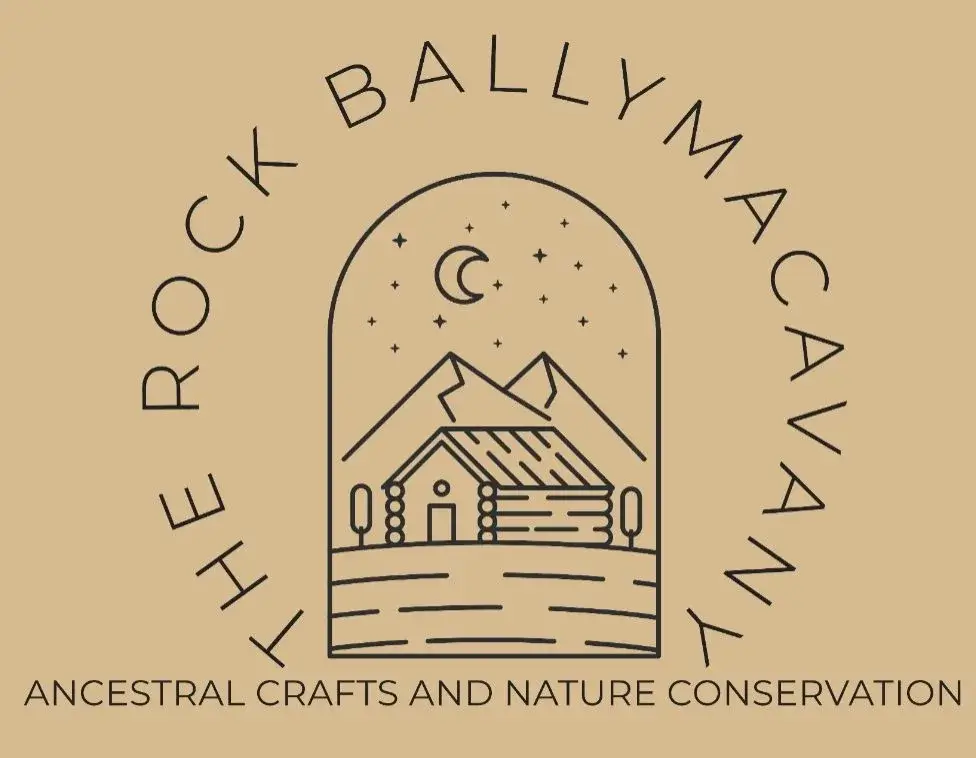Great Mullein (Verbascum thapsus), known in Irish as Coinnle Muire, is a striking biennial wildflower native to Ireland. In its first year, it forms a rosette of large, velvety, silver-green leaves. The second year brings forth a towering, candle-like spike reaching up to 2.5 meters, adorned with numerous small, yellow, saucer-shaped flowers from June to August .
Future Forests
Promesse de Fleurs+1rhs.org.uk+1
Thriving in full sun and well-drained soils—particularly chalky, sandy, or gravelly substrates—Great Mullein is well-suited for wildflower meadows, cottage gardens, and wildlife-friendly borders. Its flowers are rich in nectar and pollen, attracting bees, hoverflies, and other beneficial insects. Additionally, the plant serves as a host for the mullein moth larva, and carder bees utilize its soft leaf hairs for nest-building .
thewildflowernursery
Historically, Great Mullein has been valued for its medicinal properties, particularly in soothing respiratory ailments. Mullein tea, made from its leaves and flowers, has been used to alleviate throat and chest irritations. However, due to the presence of fine hairs on the plant, it’s recommended to strain the tea through a fine filter to avoid irritation .
thewildflowernursery
Key Features:
Height: Up to 2.5 meters
Bloom Time: June to August
Flower Color: Bright yellow
Soil Preference: Well-drained; chalky, sandy, or gravelly soils
Sunlight: Full sun
Wildlife Benefits: Attracts bees, hoverflies, and supports mullein moth larvae
Native Range: Ireland and Eurasia
Dear Plants+4Turf Online+4Promesse de Fleurs+4
Promesse de Fleurs+5Ecotenet+5thewildflowernursery+5
Ecotenet+7Dear Plants+7thewildflowernursery+7
thewildflowernursery
BBC Gardeners World Magazine+11Future Forests+11thewildflowernursery+11
Great Mullein’s towering presence and ecological benefits make it a valuable addition to gardens aiming for both aesthetic appeal and biodiversity.


Reviews
There are no reviews yet.